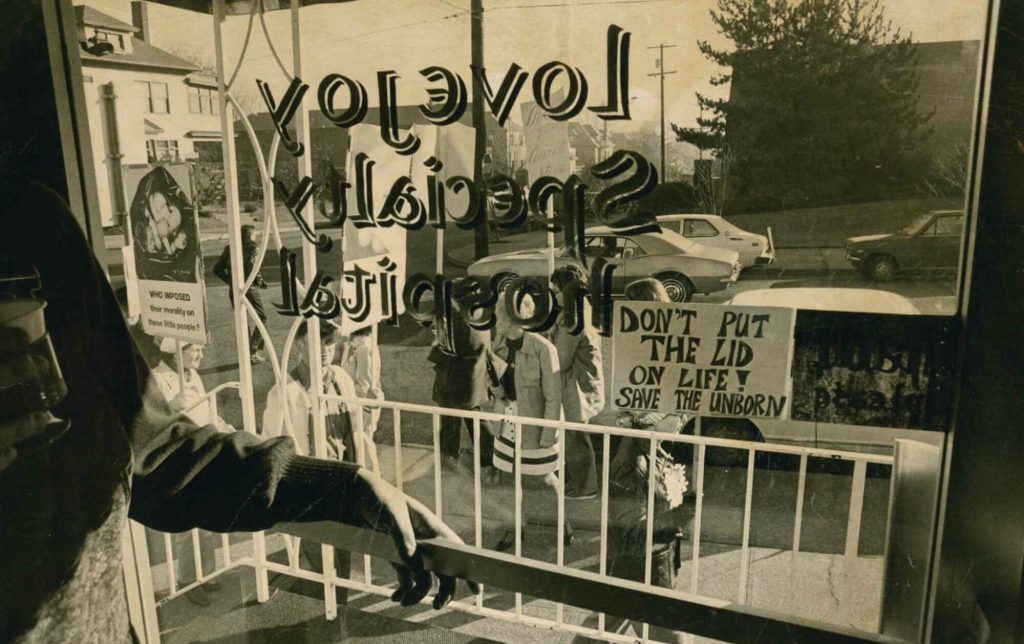learn about
The History
The "Right" To Abortion
In 1973, the U.S. Supreme Court read into the United States Constitution a right to privacy that included a right to abortion.
This invented “right” was put forward in direct opposition to the truly fundamental right, explicitly recognized in the Declaration of Independence and the Bill of Rights: The right to life.
In both Roe v. Wade and Doe v. Bolton, the Supreme Court forced states to permit legal abortion and created a broad definition of “health of the mother” that effectively authorized legal abortion up to the moment of birth.
Roe v. Wade was decided in a 7-2 decision on January 22, 1973. The decision did not address whether or not the unborn babies are human, deserving of human rights. They established abortion rights for the “health of the mother” on a three-trimester basis (first trimester: any reason; second trimester: more restricted; third trimester: most restricted). However, they passed a second decision that allowed unrestricted abortion..

Doe v. Bolton is a less well-known decision but is just as, if not more, important than Roe v. Wade. Doe v. Bolton defined what the justices meant by “health of the mother.”
According to Justice Blackmun, the doctor’s (i.e., the abortion provider’s) medical judgment as to the health of the mother may be “exercised in the light of all factors—physical, emotional, psychological, familial, and the woman’s age-relevant to the wellbeing of the patient. All of these factors may relate to health.”
Since the person presiding over a woman’s reason for an abortion is strongly motivated monetarily, the justices essentially created a giant loophole around the three-trimester structure established in Roe.
The combined effect of Roe v. Wade and Doe v. Bolton made abortion legal in the United States until the moment of birth.
Following 1973, the Supreme Court proceeded to reject virtually every restriction states tried to pass until 1992. In the ruling Planned Parenthood v. Casey, they finally decided that states could restrict abortion as long as they did not place “an undue burden” on the woman’s right to choose.
In 2022, the U.S. Supreme Court reversed Roe v. Wade and Doe v. Bolton, a long-awaited victory that inspired nationwide celebration among pro-life advocates who had worked for decades to see Roe overturned. The Dobbs decision allowed states to freely pass laws protecting unborn life.States with pro-life leadership immediately enacted pro-life protections, with some passing laws limiting abortion at particular gestational ages and others prohibiting the practice outright with narrow exceptions.
But other states doubled down, approving radical abortion ballot measures and using the legislature to expand abortion access and funding. States like Oregon, Colorado, and New York have even started actively encouraging women to travel from pro-life states to obtain abortions, a phenomenon dubbed “abortion tourism.”
Sadly, even after Dobbs, Oregon lawmakers have not passed a single law that would protect unborn life. Abortion remains legal in Oregon up to the moment of birth for any reason.
Oregon Health Authority’s finalized 2023 abortion records show dramatically increased rates in numerous categories, including a sharp rise in the number of late-term abortions compared to the prior year. Providers in Oregon performed a total of 10,075 abortions in 2023 a 16.2% increase compared to the prior year. Among the total abortions, 225 were performed at or after 23 weeks gestation (roughly the age of “viability”), more than two and a half times the 85 reported late-term abortions performed in 2022.
Here in Oregon, pro-life advocates work to restore protections for the unborn through a combination of grassroots advocacy, pro-life legislative efforts, educational outreach, and the provision of tangible, life-affirming resources to help moms and families choose life.
Click here to become a member of Oregon Right to Life and join the movement to protect all innocent human life, from the moment of fertilization until the end of life.
Learn more about abortion in Oregon here.

